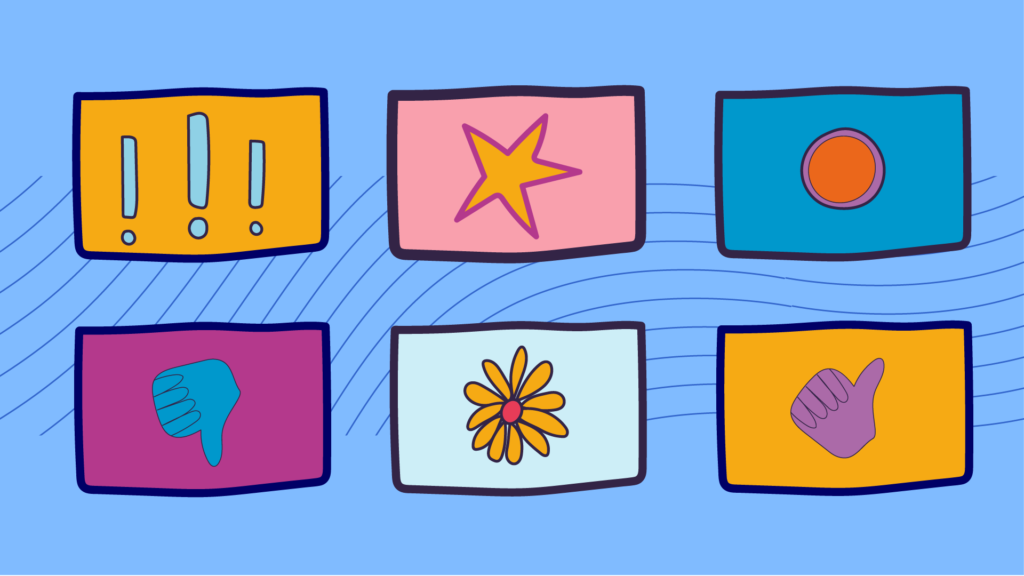Card Sorting
Used by: Research Team
Used for: To understand the way people structure and prioritise concepts.
Used when: User research, team working groups, team building, at any stage in a project
Helpful if: You have complex concepts to understand
Tools: Human Values Flash Cards

Card sorting is a technique that requires people to categorise, group, or list cards in a way that is meaningful and understandable. It helps researchers to understand how their subjects think about different topics, issues, content. The information on the cards is related to whatever it is the research team are studying. With this information, the research team are able to make recommendations about how to structure content or topics in a way that will resonate with their audience.
In a standard card sorting exercise, people group cards based on categories that are meaningful to them. The team might then introduce a label to that category.
Card sorting with the human value cards is used to understand which of the 14 human values are the most important to people. The activities involve participants creating their own personal categories of very important and less important values, or creating their own list of most to least important values. It helps researchers to establish audience value priorities, and with that information facilitate a discussion about deeper psychological needs, drivers and motivations, to understand what is fundamentally important to their audience.
Step One:
Ask people to organize the 14 cards into rows of important values and less important values. It is OK to have a middle ground.
Step Two:
Facilitate a disucssion about the choices made. Here you aim to understand what makes values important and less important to them, and whether and how they fulfil their values.
For example:
How do they meet their top values in their daily lives (both online and offline)?
How do they know the values placed in the less important row aren’t important?
Step Three:
Remove their top card (or top few).
Here you want to establish how people feel if they couldn’t meet their values. Which values would they compromise on if they had to only select 3? Do other values serve as adequate substitutes? Which values would they compromise on to get their top value/s back?
Tips
Card sorting can also be done as a way to learn about how effective product is delivering value to its audience. Here you would sort the cards based on how well the product/service/app/feature is helping people to achieve the specific human value.
It is recommended to discuss the most and least delivered values. The least delivered values might not be relevant for the specific product/service/app/feature, or it might be an opportunity space. There might also be conflicting views within the team which is normal. This card sorting exercise is designed to facilitate discussion!
Card sorting can be done by printing cards out from here
Or by adding the artwork into digital tools, such as Miro or Google Slides
